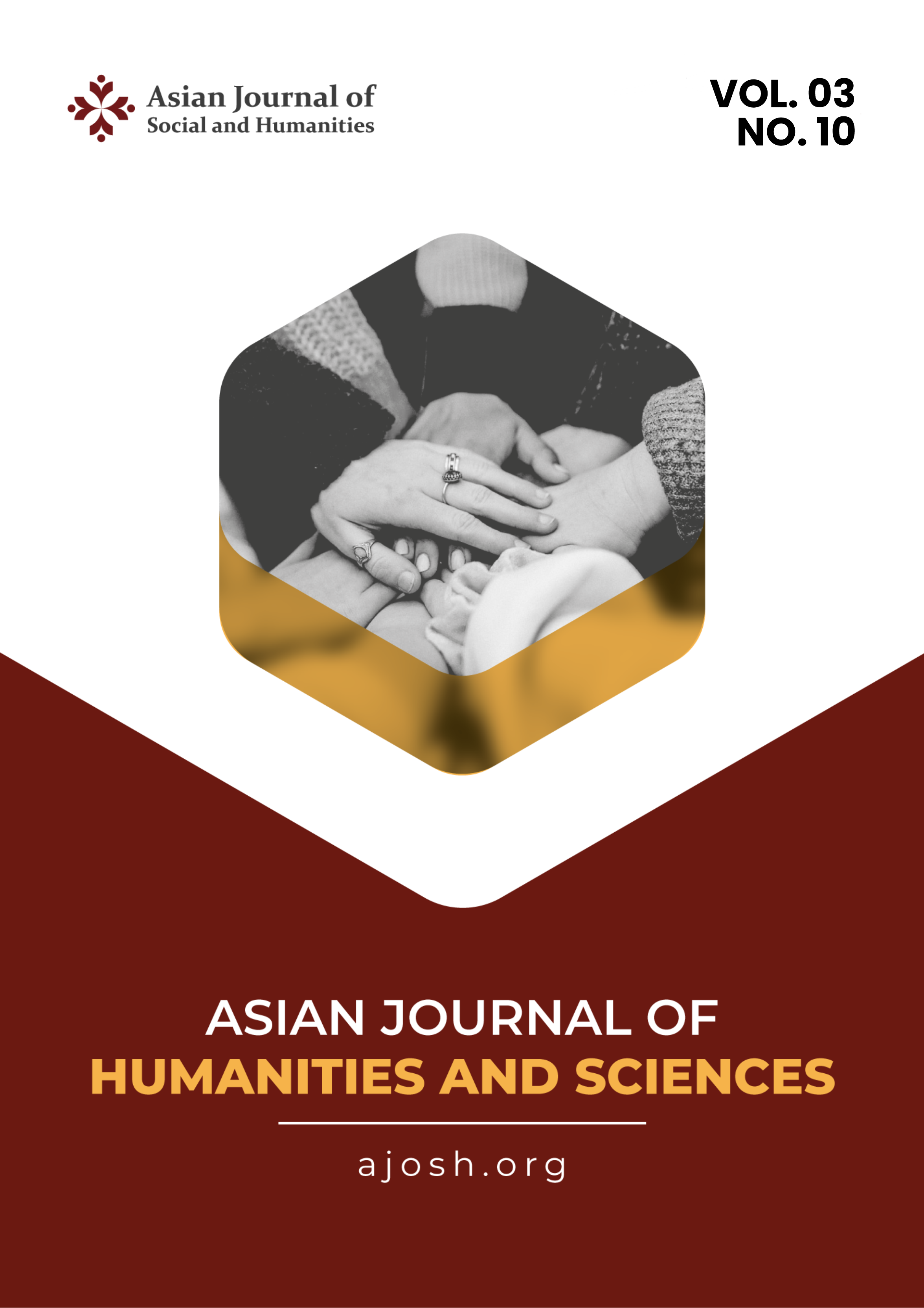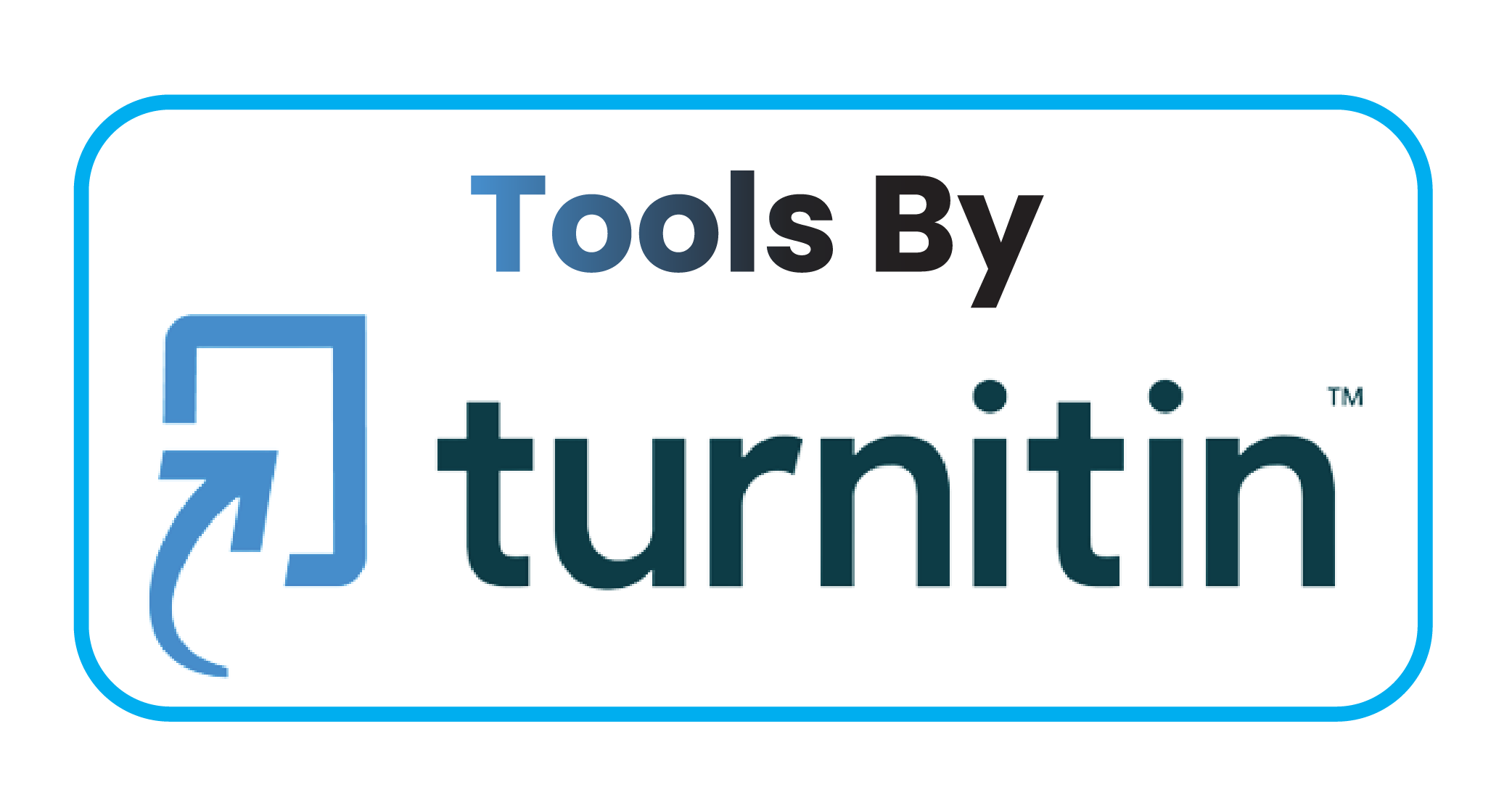Analysis of Branch Office Efficiency in the Ranks of DKI Jakarta Regional Office BPJS Ketenagakerjaan
DOI:
https://doi.org/10.59888/ajosh.v3i10.594Keywords:
DEA, Efficiency, Branch Offices, Tobit RegressionAbstract
The number of active workers who register as BPJS Employment participants is still relatively low. This shows that the use of resources owned by branch offices has not been optimal in an effort to achieve the set targets. This study aims to analyze the efficiency of branch offices in the DKI Jakarta area using the Data Envelopment Analysis (DEA) method with a production approach, which is then followed by Tobit regression analysis to identify the factors that affect the efficiency level. The results of the study show that there is a variation in the level of efficiency between branch offices within the DKI Jakarta Regional Office during the period 2019 to 2023. During the five-year observation period, branch offices with a 3A classification were recorded to have the highest level of efficiency compared to other categories. Tobit's regression analysis revealed that the type of branch office had a significant negative effect on the level of efficiency. On the other hand, the variable in the number of claim cases actually shows a significant positive influence on efficiency. The formulation of recommendations based on the results of the analysis includes appreciation of best practices, adjustment of branch office types, digitization of JHT Claims, and management of employee mutation systems.
References
Ascarya, Y., Yumanita, D., Achsani, N., & Rokhimah, G. S. (2010). Measuring the efficiency of Islamic banks in Indonesia and Malaysia using parametric and nonparametric approaches. 3rd International Conference on Islamic Banking and Finance, Jakarta, Indonesia.
Athanassopoulos, A. D. (1998). Decision support for target-based resource allocation of public services in multiunit and multilevel systems. Management Science, 44(2), 173–187. https://doi.org/10.1287/mnsc.44.2.173
Benarda, S., Sumarwan, U., & Hosen, M. N. (2016). The efficiency level of the sharia life insurance industry uses the two-stage Data Envelopment Analysis approach. Journal of Business and Management Applications, 2(1), 64–72. https://doi.org/10.17358/JABM.2.1.64
BPJS Employment. (2019–2023). Annual report 2019–2023. Jakarta.
BPS [Central Statistics Agency]. (2019–2023). Residents aged 15 years and above who worked during the past week by age group and total working hours overall. [Diunduh 1 November 2024].
Cooper, W. W., Seiford, L. M., & Tone, K. (2006). Introduction to Data Envelopment Analysis and its uses. Springer.
Dara, S. (2017). Testing the efficiency of conventional banking in Indonesia through the Data Envelopment Analysis (DEA) approach. Journal of Management and Business Research (JRMB) Faculty of Economics UNIAT, 2. https://doi.org/10.36226/jrmb.v2iS1.58
Dwijayanti, E., Danisworo, D. S., & Mauluddi, H. A. (2022). Efficiency analysis of general insurance companies and sharia reinsurance companies in Indonesia using the data envelopment analysis method. Journal of Applied Islamic Economics and Finance, 2(3), 569–578.
Färe, R., Grosskopf, S., & Lovell, C. A. K. (2019). Production frontiers. Cambridge University Press.
Febriyanti, D., Putri, E. G., & Zubaidah, S. (2025). The impact of digital transformation of BPJS Ketenagakerjaan on the claim process of the Old Age Insurance Program (JHT). Government & Resilience, 3(1), 21–37. https://www.researchgate.net/publication/390454409_Enhancing_Online_Claims_Overcoming_Challenges_in_BPJS_Ketenagakerjaan%27s_Digital_Transformation_Journey
Ghoni, A. (2021). Comparison of the efficiency level of Sharia General Insurance Companies in Indonesia before and during the Covid-19 pandemic. Journal of Syar'insurances (SIJAS), 1(1), 1–15. https://doi.org/10.32678/sijas.v7i2.4981
Ginting, M., & Aslami, N. (2022). Payment system for Old Age Security (JHT) claims at BPJS Employment of Medan City Branch Office. Universitas Islam Negeri Sumatera Utara. Https://Www.Researchgate.Net/Publication/362325227_Payment_System_For_Old_Age_Security_Claims_At_Bpjs_Employment_Of_Medan_City_Branch_Office
Gujarati, D. (2003). Basics of econometrics book 2. Jakarta: Salemba Empat.
Hadad, M. D., Santoso, W., Ilyas, D., & Mardanugraha, E. (2003). Analysis of the efficiency of the Indonesian banking industry: The use of the nonparametric method of Data Envelopment Analysis (DEA). Research Paper, No. 7/5, Financial System Stability Bureau of Bank Indonesia.
Ibhanto, A. P., & Co-authors. (2020). Digitalizing employment social security services in Indonesia. Jurnal Digitalisasi & Admin Terapan (JDSAI). https://e-journal.gomit.id/jdsai/article/view/25
Ihwanto, A. D., Widyanto, M. L., & Kurniawati, S. (2024). Analysis of the implementation of changes in Old Age Security (JHT) claim procedures during the COVID 19 pandemic: Case study at BPJS Employment Jakarta Cilandak Branch Office. East African Scholars Journal of Economics, Business and Management, 7(5). https://www.easpublisher.com/get-articles/4050
Iskandar, D., Achasni, N. A., & Djohar, S. (2020). An analysis of productivity and factors affecting the efficiency of sharia insurance in Indonesia: An empirical study. Al-Muzara'ah, 8(2), 153–171. https://doi.org/10.29244/jam.8.2.153-171
Jemric, I., & Vujcic, B. (2002). Efficiency of banks in Croatia: A DEA approach. Comparative Economic Studies, 44, 169–193. https://doi.org/10.1057/CES.2002.13
Lee, H. S., Cheng, F. F., Har, W. M., Md Nassir, A., & Ab Razak, N. H. (2019). Firm-specific and corporate governance factors of the Takaful insurance. International Journal of Islamic and Middle Eastern Finance and Management, 12(3), 368–387. https://doi.org/10.1108/IMEFM-06-2018-0187
Mirghaderi, S. A. H., Aboumasoudi, A. S., Branch, N., January, R., & June, A. (2017). The ranking of financial efficiency of companies accepted in Stock Exchange of Tehran between 2013 to 2016 through financial ratio approach and using DEA. Journal of Financial Analysis, 5(3).
Nugroho, A., & Hendratmoko, M. (2021). Efficiency analysis of BPJS Ketenagakerjaan branch offices using DEA. Jurnal Manajemen dan Kewirausahaan, 23(2), 115–128. https://doi.org/10.9744/jmk.23.2.115-128
Nurhasanah, S., & Lubis, D. (2017). Performance efficiency of Baznas Bogor and Sukabumi: An approach to data envelopment analysis. Journal of Islamic Accounting and Finance, 5(2), 105–120.
Nurdiana, S., & Irmalis, A. (2022). Analysis of user satisfaction level of Jamsostek Mobile application in Aceh using End User Computing Satisfaction. International Journal of Economic, Business, Accounting, Agriculture Management and Sharia Administration (IJEBAS), 2(5), 869–876. https://journal.stiemb.ac.id/index.php/mea/article/view/4595
Putri, N. H. A., & Ikaningtyas, M. (2024). Efektivitas Jamsostek Mobile (JMO) dalam klaim Jaminan Hari Tua (JHT) pada peserta BPJS Ketenagakerjaan Mojokerto. Economics and Business Management Journal (EBMJ), 3(2), 116–121. https://e-journal.gomit.id/jdsai/article/view/25
Rahmawati, D., Wajdi, F., & Isa, M. (2020). Analysis of the efficiency of the national zakat management organization with the Data Envelopment Analysis (DEA) approach. Thesis. University of Muhammadiyah Surakarta.
Ramanathan, R. (2003). An introduction to Data Envelopment Analysis: A tool for performance measurement. New Delhi: Sage Publication India Pvt Ltd.
Riani, D., & Hendrawan, S. (2020). Data Envelopment Analysis (DEA): Comparison of the efficiency of Islamic banks and conventional banks for the period 2014–2018. Scientific Journal of Accounting and Finance, 15(2), 25–41. https://doi.org/10.32832/neraca.v15i2.3498
Samudera, M. F. D., & Pertiwi, V. I. (2022). Inovasi pelayanan publik melalui JMO (studi kasus di BPJS Ketenagakerjaan cabang Rungkut, Kota Surabaya). JPAP: Jurnal Penelitian Administrasi Publik, 8(1), 152–172. https://e-journal.gomit.id/jdsai/article/view/25
Utami Azmarani, N., & Nurbaiti, F. (2025). Pengaruh implementasi dan kemudahan klaim terhadap program Jaminan Hari Tua (JHT) informal melalui Jamsostek Mobile (JMO) di BPJS Ketenagakerjaan Kantor Cabang Bandar Lampung. Journal of Management and Innovation Entrepreneurship (JMIE), 2(3), 2125–2132. https://e-journal.gomit.id/jdsai/article/view/25
Wandebori, H. (2019). Proposed business strategy improvement through service quality gap model to increase membership coverage of BPJS Ketenagakerjaan. Jurnal Manajemen & Teknologi. https://e-journal.unair.ac.id/JMTT/article/download/14833/pdf/60385
Yunaningsih, A., Indah, D., & Septiawan, E. F. (2021). Upaya meningkatkan kualitas layanan publik melalui digitalisasi. Altasia: Jurnal Pariwisata Indonesia, 3(1), 9–16. https://e-journal.gomit.id/jdsai/article/view/25
Zahara, N., & Saputra, M. (2020). Comparative analysis of the efficiency of conventional life insurance companies and sharia life insurance companies in Indonesia using the Data Envelopment Analysis (DEA) method. Scientific Journal of Accounting Economics Students, 5(2), 229–238. https://doi.org/10.24815/jimeka.v5i2.15558
Downloads
Published
Issue
Section
License
Copyright (c) 2025 Aristin Nanda Kumalasari, Popong Nurhayati, Yudha Heriyawan Asnawi

This work is licensed under a Creative Commons Attribution-ShareAlike 4.0 International License.
Authors who publish with this journal agree to the following terms:
- Authors retain copyright and grant the journal right of first publication with the work simultaneously licensed under a Creative Commons Attribution-ShareAlike 4.0 International. that allows others to share the work with an acknowledgement of the work's authorship and initial publication in this journal.
- Authors are able to enter into separate, additional contractual arrangements for the non-exclusive distribution of the journal's published version of the work (e.g., post it to an institutional repository or publish it in a book), with an acknowledgement of its initial publication in this journal.
- Authors are permitted and encouraged to post their work online (e.g., in institutional repositories or on their website) prior to and during the submission process, as it can lead to productive exchanges, as well as earlier and greater citation of published work.










